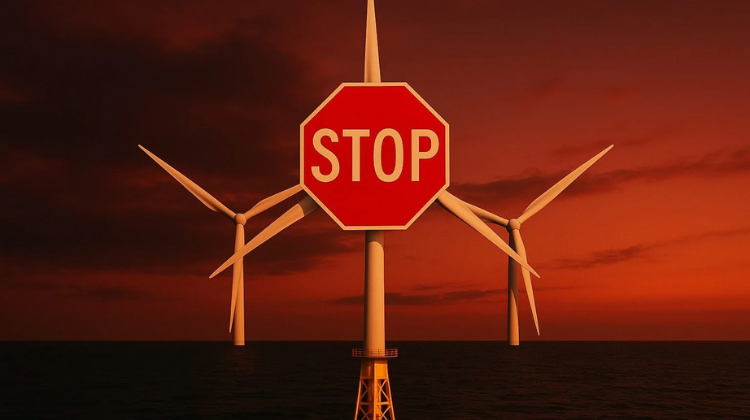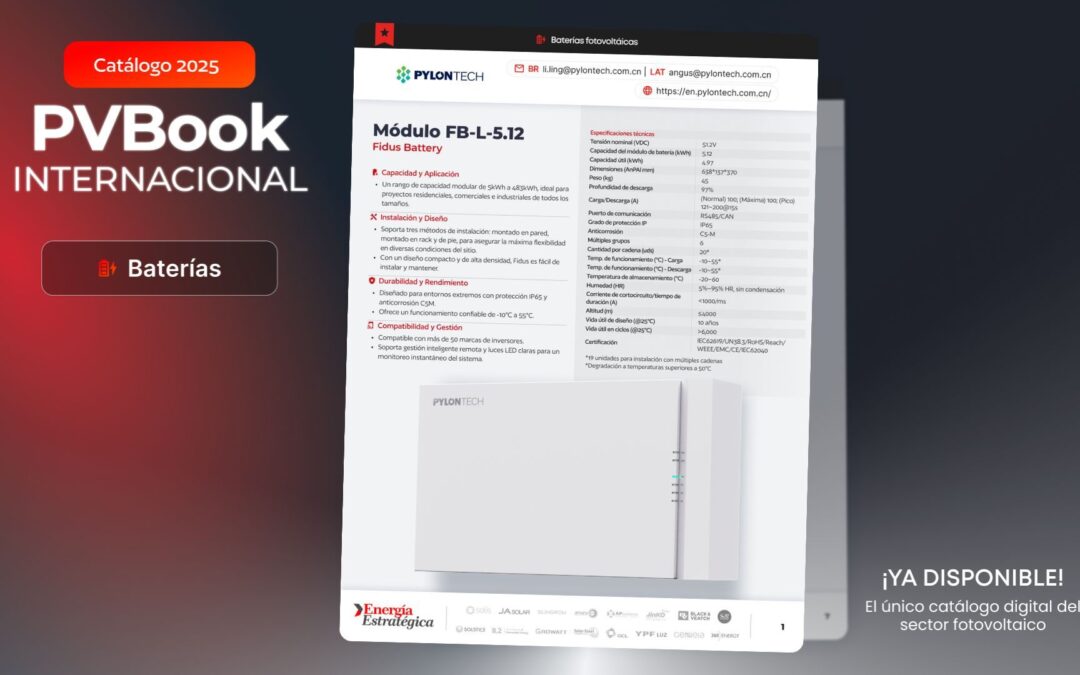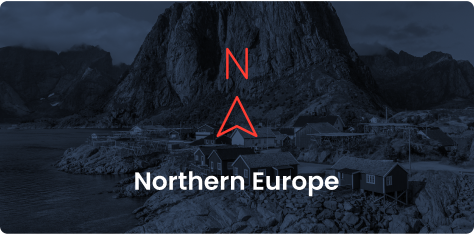Future Energy Summit (FES) Peru unveiled the new map of renewable investments in the country before more than 400 industry leaders, including company representatives, government authorities and multilateral organisations.
The conference focused on defining regulations, analysing market conditions and accelerating the country’s energy transition. One of the central panels was “The strategic vision of major players for driving Peru’s Energy Transition”, where sector leaders disclosed concrete figures and outlined the main challenges facing the industry.
One of the most notable announcements came from Marco Fragale, CEO of Orygen, who confirmed that the company continues to operate hydro, thermal, solar and wind power plants, with plans to expand them in the coming years.
“We maintain a broad portfolio and a prioritised pipeline of around 3 GW of new renewable plants. These 3 GW are hybrid solar and wind projects, with a 50-50 ratio, although slightly more wind because there is already a lot of solar in the system. But we have hybrid projects that help us to be more competitive,” he acknowledged.
For Fenix, General Manager Juan Elías Salinas explained that the company, with integrated operations in Chile and Peru, has nearly 5,000 MW of installed capacity, 60% of which comes from renewables.
In the Peruvian case, they are moving forward with more than 2,000 MW under development. “We want to build a portfolio that is diversified both technologically and geographically in Peru,” Salinas said, in line with demand growth projections.
Meanwhile, Mario González del Carpio, CEO of Luz del Sur, highlighted the path taken by his company since 2015, with the operation of its first hydroelectric plant, the acquisition of two solar parks in Arequipa and Ica, and the process of acquiring a third wind farm, which will bring its capacity to 400 MW.
“We have hydro generation concessions ready to be developed and we hope to do so soon. One is 280 MW and the other is 300 MW, but only when the market is ready to accept that investment,” he anticipated.
“Looking ahead, we plan to build small but intelligent projects. We aim for gradual growth, and we want the benefits to reach both large industries and the entire country,” he added.
Transmission will be fundamental for integrating these renewable generation plants. That is why ISA Energía outlined the system’s medium-term needs.
According to Cristian Remolina, the company’s General Manager, an additional 3,000 MW of capacity will be required by 2028 to maintain matrix balance. However, he clarified that the planned networks are designed to respond to demand over the coming decades.
Price analysis: renewables increasingly competitive
One of the most relevant aspects of the debate was the accelerated fall in solar prices, especially in the current market context. Experts estimated that photovoltaic projects in Peru will be “well below” USD 35/MWh and could reach levels under USD 30/MWh, depending on the capacity factor and other technical parameters.
Nevertheless, they agreed that price analysis must consider more than just levelised cost. They emphasised the need also to assess the time that passes from project conception to construction, a stage in which regulatory hurdles have a direct impact.
At this point, Fragale was clear in pointing out that Orygen has not yet included storage in its portfolio, although conditions could change soon.
“Changes are happening in the ancillary services market which, together with requirements for all plants, could enable more storage projects and generate a battery market – provided the regulation is optimal and efficient,” said the CEO.
Remolina added that one of the most anticipated advances on this front is the regulation of the ancillary services law, the regulatory framework of which is expected at the beginning of next year. “The regulation is expected to be issued in January 2026,” stated the ISA Energía executive, who sees this law as a catalyst for large-scale storage deployment.
The overall diagnosis of energy leaders was clear: Peru has more than 6,000 MW of renewable projects underway from major sector players, with competitive costs and private appetite to invest. However, without clear and agile regulatory reforms, the potential will not translate into concrete results at the speed required for the energy transition.






























